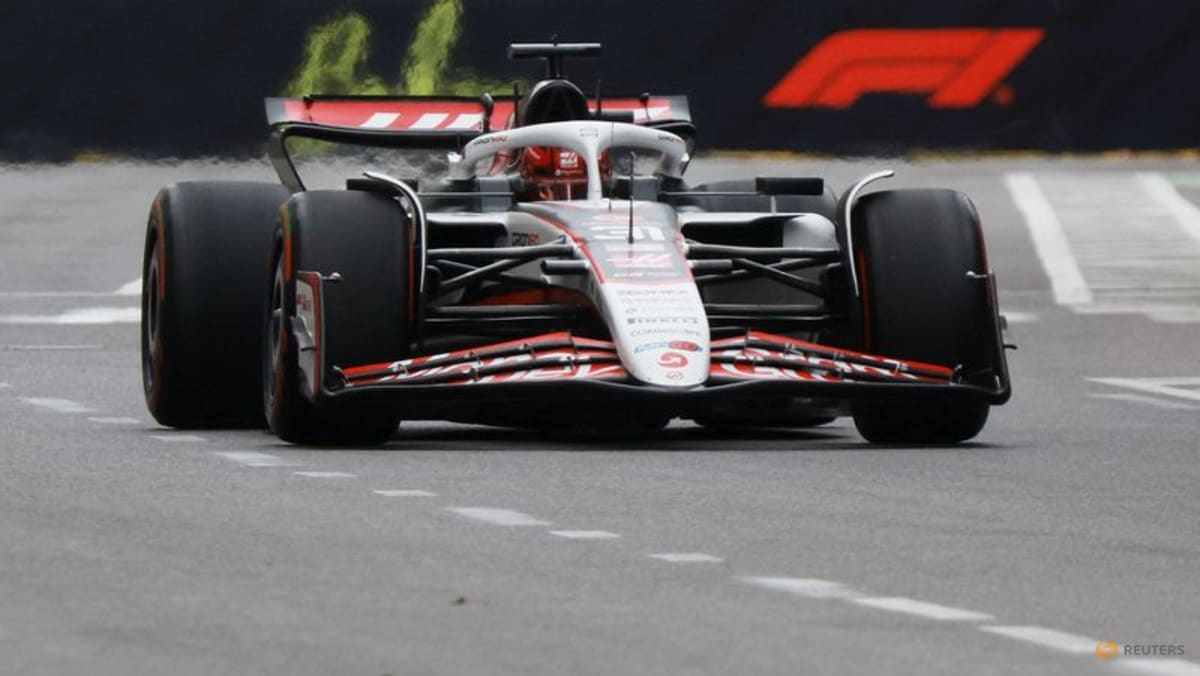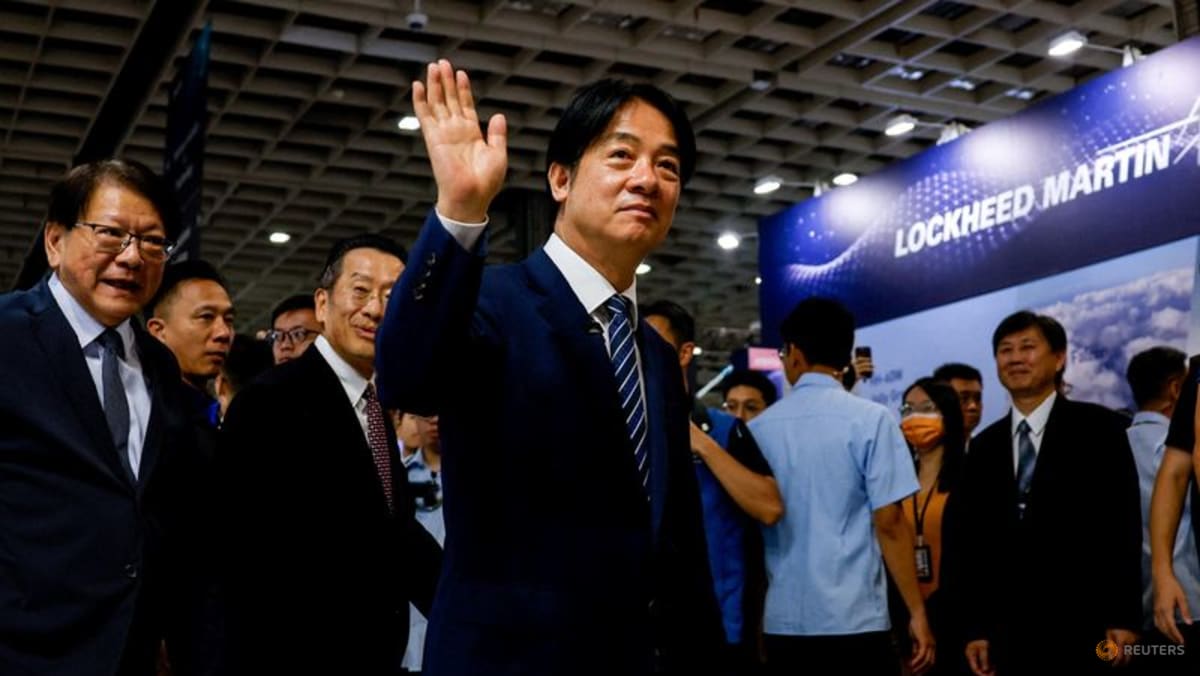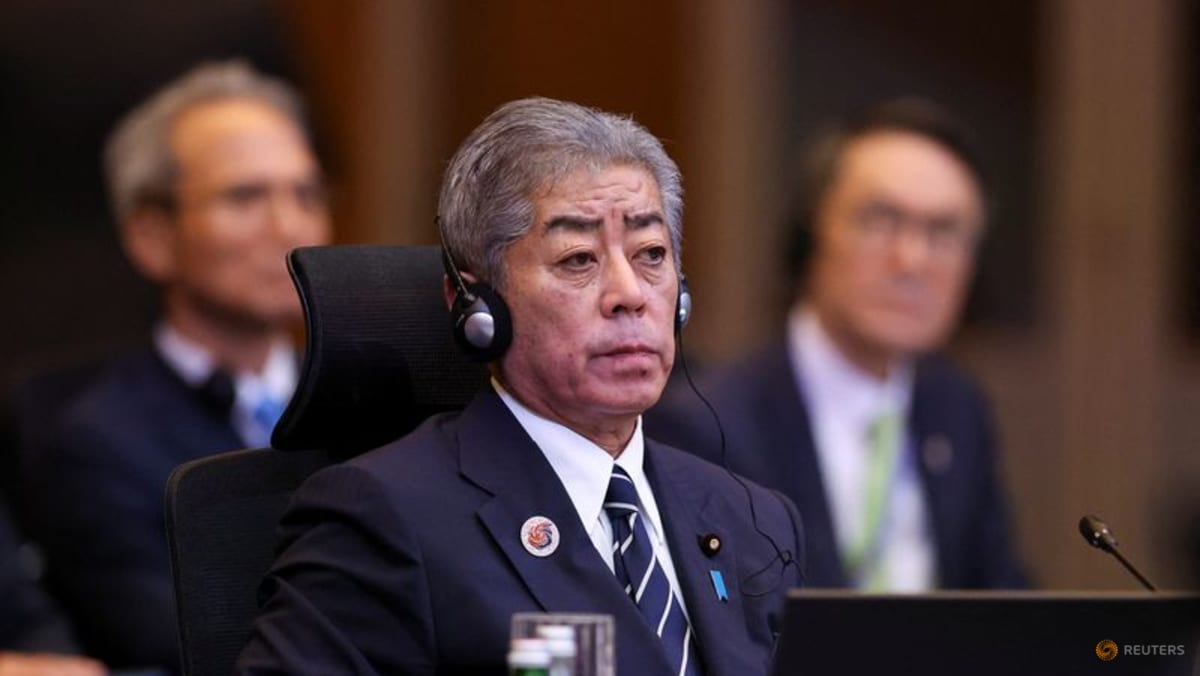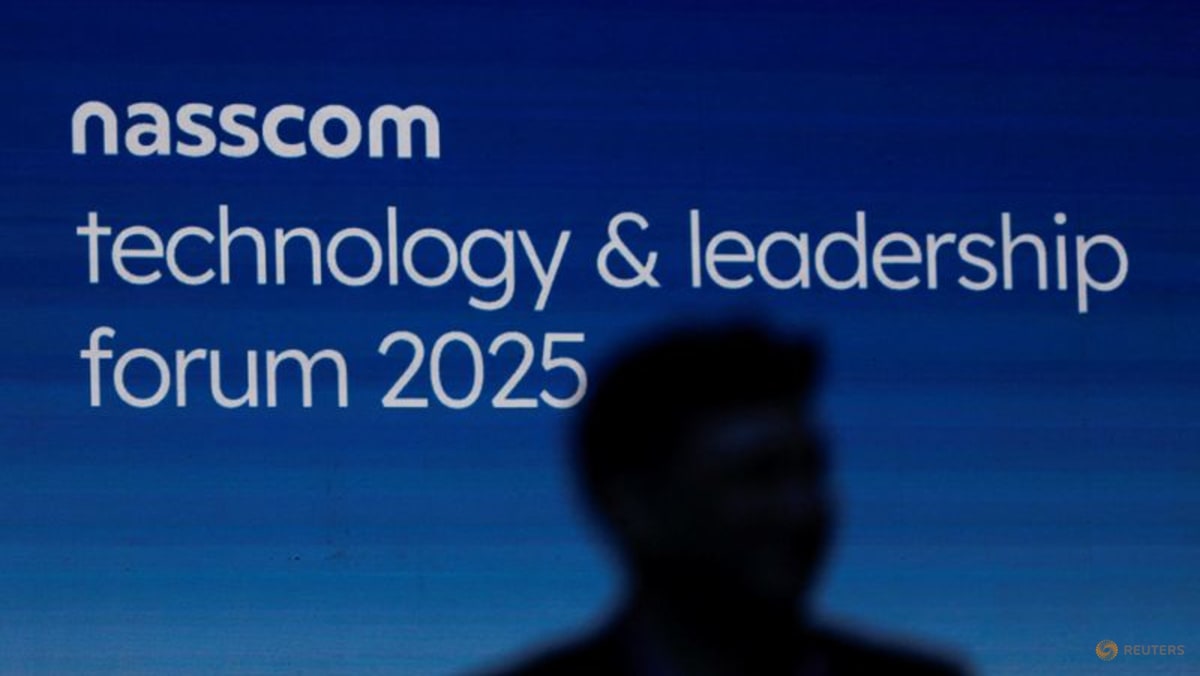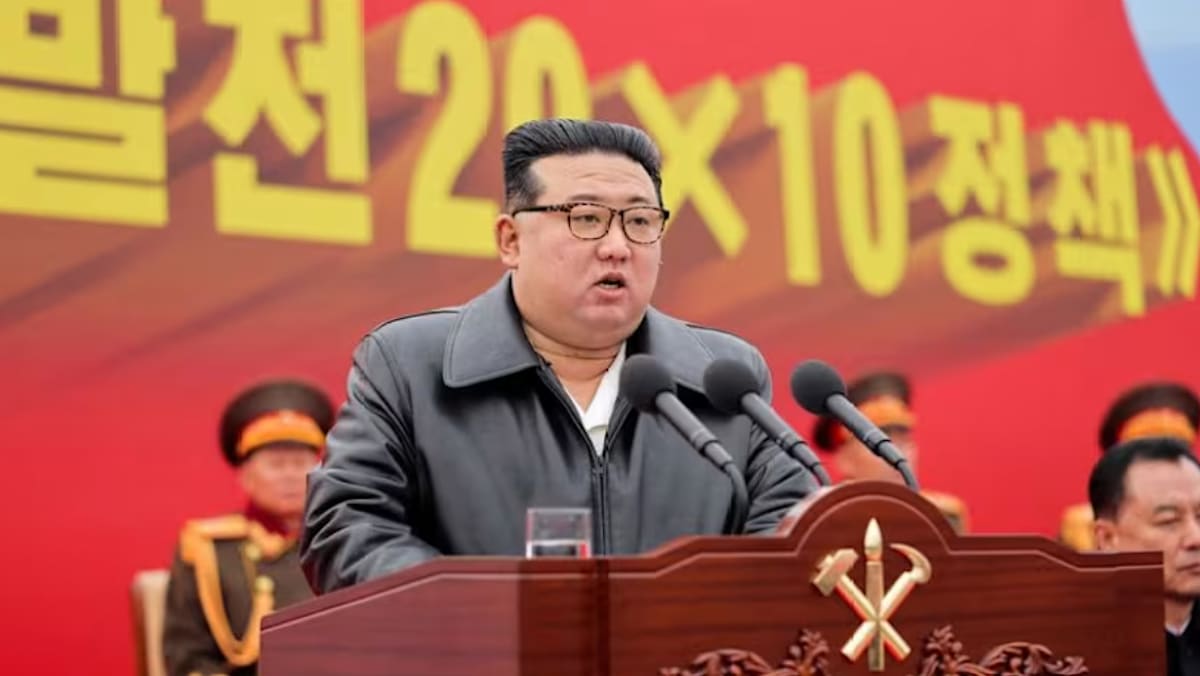Within the region, Vietnam is known to possess Soviet-era Scud-class ballistic missiles and North Korean derivatives like the Hwasong-6, with ranges of 300 to 500 km, but those systems are Cold War-era and not newly acquired.
Myanmar, meanwhile, is widely believed to own North Korean Hwasong-5 and Chinese BP-12A ballistic missiles, possibly integrated via the SY-400 platform. However, no official confirmation exists of regular operational use.
Indonesia’s KHAN missile acquisition has meaningfully shifted the regional balance of power, said Ridzwan.
“I am certainly concerned about the possibility of an arms race,” he said.
“This is the first missile of its kind in the region and, until now, countries have refrained from acquiring tactical ballistic missiles due to their range and the nature of the weapon, which is harder to intercept given its limited engagement window.”
Indonesia’s move carries dual-edged strategic implications, said Beni Sukadis of the Jakarta-based think tank Indonesian Institute for Defence and Strategic Studies (Lesperssi).
While it enhances Indonesia’s defensive posture, it may raise concern among neighbouring countries and major powers with vested interests in the region, he said.
“Some may perceive this move as a form of military escalation, potentially fueling an arms race in Southeast Asia.”
While the KHAN deployment is legitimate within Indonesia’s framework of national defence, the country must continue to prioritise transparency and defence diplomacy, in order to avoid creating perceptions of undue threat and to help maintain regional stability, said Beni.
But it is important to understand this development as rooted in Indonesia’s “active and defensive” posture, and not as a tool for expansion or provocation, said Khairul Fahmi, a military expert at the Jakarta-based Institute for Security and Strategic Studies (ISESS).
“In other words, this reinforcement is a calibrated response to regional and global security shifts,” he said.
Even so, he acknowledged it could serve as a psychological catalyst for certain countries in the region to consider similar options.
Vietnam or Thailand, for example, may begin evaluating the requirements and implications of developing comparable missile capabilities – particularly if tensions in the South China Sea escalate or regional competition intensifies, he said.
Khairul said he predicts such responses are more likely in the medium term of three to seven years, as not all ASEAN countries possess the fiscal capacity, defence-industrial base, or strategic justification for rapid adoption.
On why Indonesia has so far not disclosed the number of KHAN missile units purchased, Khairul said it is understandable as such information is typically restricted or classified.
“Full transparency on the quantity, specifications and deployment locations could expose vulnerabilities and undermine national defence interests,” he said.
WHY EAST KALIMANTAN?
The deployment of the KHAN missile near Indonesia’s future capital is also significant, analysts said.
“It sends a clear signal that Indonesia is serious about building a robust defence architecture to safeguard the new seat of government from a range of threat scenarios — including potential long-range precision missile strikes,” said Khairul.
The seeds of the missile deployment were visible as early as January 2024, when Indonesian army field artillery commander Major General Mohammad Naudi Nurdika inspected the Army’s Raipur A facility in East Kalimantan province.
At the time, he confirmed preparations to host a new missile-based combat unit in Nusantara, also known as Ibu Kota Negara (IKN), according to a post on Instagram by the Indonesian Army’s Field Artillery Centre.

